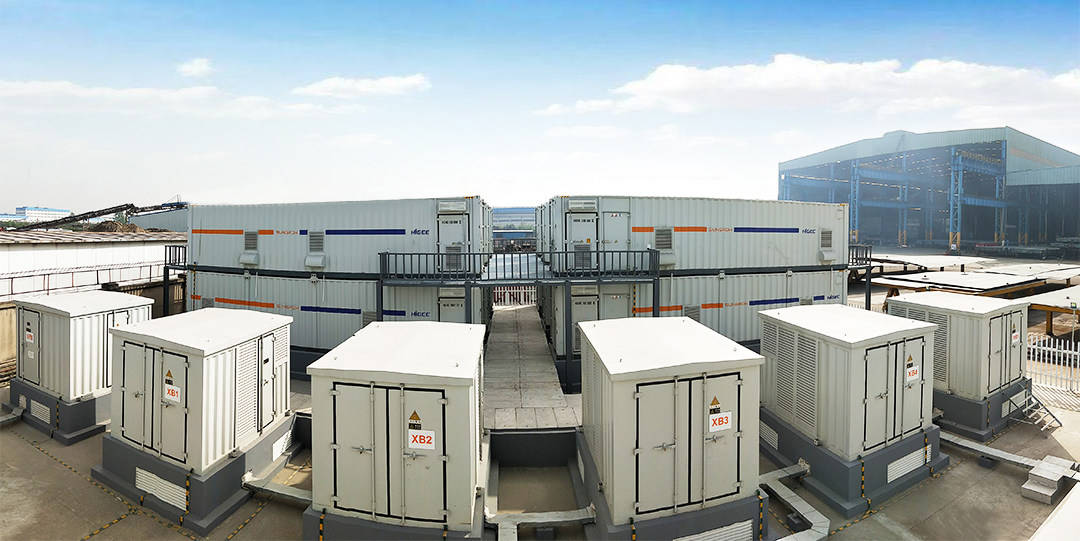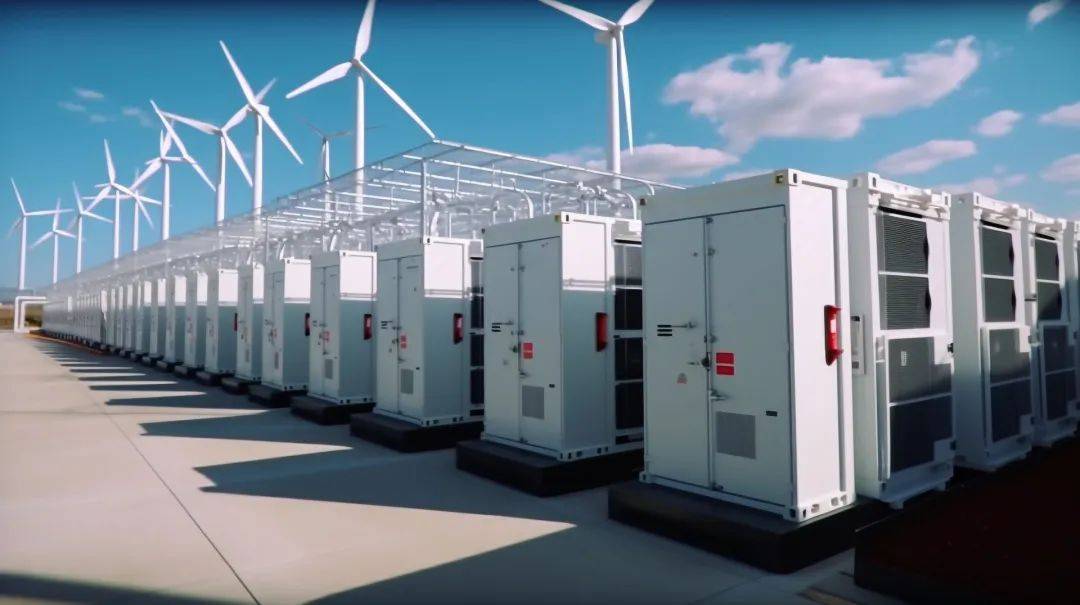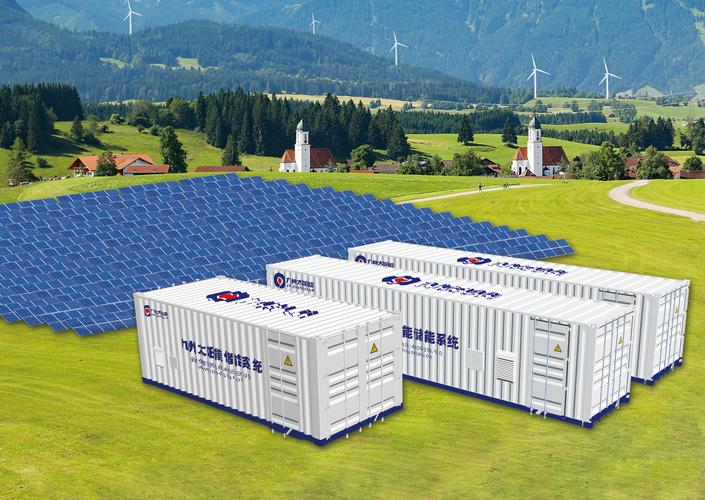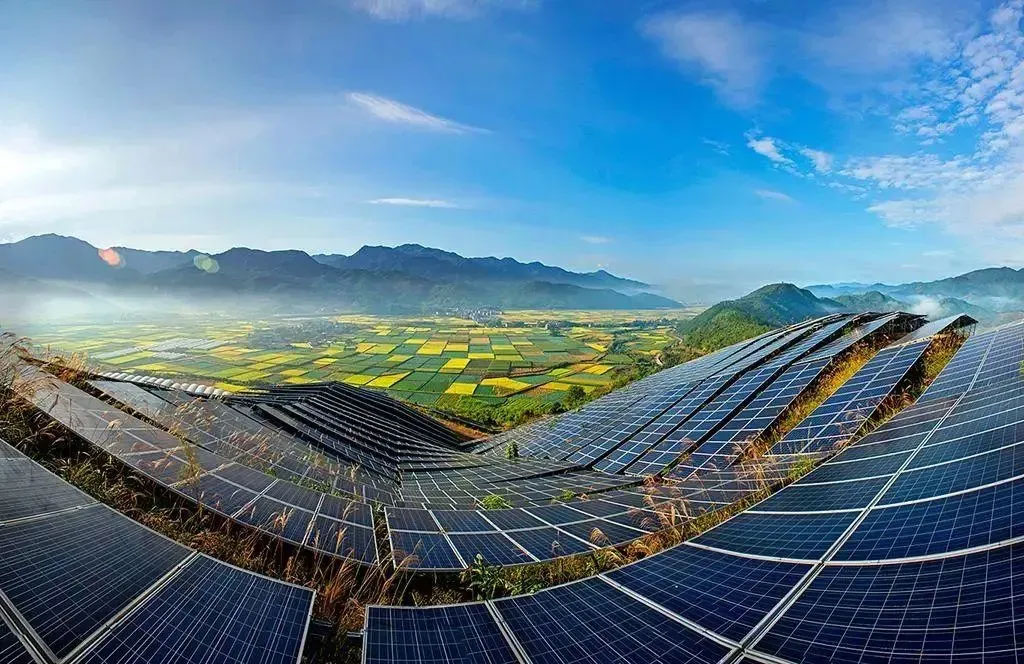【 New Energy News】Industrial and commercial energy storage, competitive landscape and barriers

The industrial and commercial energy storage industry is currently experiencing severe overcapacity, to what extent?
30% of energy storage companies with a focus on system integration have been eliminated in 2023, and another 50% may be eliminated by 2024. In the end, only the top 10% to 20% will survive.
Why is there severe overcapacity? Due to occupying the largest number of integrated manufacturing links in energy storage enterprises, there is currently no high technological barrier.
The vast majority of industrial and commercial energy storage companies are essentially system integrators, from battery cells to PCS, BMS, EMS, and even cabinets, all of which are purchased externally and then assembled.
The current bottleneck is marketing and sales - whoever can attract customers will win.
So in the sales process, there is a high degree of internal competition and price competition.
Throughout business history, whether it was the battle for color televisions or the price war for air conditioners, the last surviving companies were those that established core barriers, while the barrier to the home appliance industry was to master the research and development and manufacturing of core components, such as Gree's own compressor manufacturing.

There are three possible competitive barriers for energy storage products in the future:
Barrier 1: Technical research and development barriers for core components
1. Battery cells make it difficult for energy storage companies to form barriers: the core component of energy storage systems - battery cells - has already formed a head effect due to the competitive landscape of electric vehicles. It is difficult for midstream companies in the energy storage industry to roll up, but it is easy for upstream battery cell companies to roll down. For example, Tesla or BYD's energy storage system solutions are all about whether the market is large enough and whether it is worth investing in.
2. Secondary components, self-developed construction barriers: In areas such as BMU, BMS, PCS, EMS, and consumer control systems, whoever can master core research and development has a greater chance of survival. At the same time, product differentiation can also be built through this level of components.
Among them, PCS has the highest barrier, and the core technical elements are inherited from photovoltaic inverters, wind power converters, and even power quality control devices (SVG, SVC, APF, etc.), so the self-developed rate of PCS is relatively low.
And PCS companies are also entering the energy storage field, such as Sunshine Power. In fact, Huawei has also entered the energy storage field with its technological advantages in inverters, power supplies, etc.
The technical barriers in fields such as EMS and BMS are not high, and many leading energy storage companies tend to focus on self-development.
Barrier 2: Scale and differentiation of manufacturing processes
In the manufacturing process, the manufacturing of energy storage system products is still relatively extensive.
Whoever can win in the manufacturing process, on the one hand, is the introduction of flexible manufacturing technology to achieve rapid delivery of small batches and multiple varieties, and on the other hand, is lean production manufacturing. While ensuring quality, they can reduce manufacturing costs through various means.
Of course, there is also a trend towards OEM in the manufacturing of energy storage products, where some companies focus on system integration manufacturing and abandon upstream component research and development and downstream sales.
However, pure manufacturing also has a large amount of overcapacity in the traditional field of power equipment integration (complete set process). Many power complete set enterprises have higher levels of manufacturing scale, manufacturing process management, lean manufacturing, and intelligent manufacturing energy than energy storage system integrators, and there is not much difference between energy storage system integration and manufacturing and power electrical equipment integration, So it is not ruled out that there is a possibility for power equipment integration enterprises to cross the border and integrate into energy storage systems (in fact, there are already relevant cases).
Barrier 3: Differentiated competition in sales solutions
The differentiation of industrial and commercial energy storage solutions is mainly reflected in three aspects:
1. At the level of differentiation in microgrid systems, energy storage systems are not used alone, but are coupled to user microgrid systems, combined with various power components such as distributed photovoltaics and electricity loads, and respond to internal load curves and external price curves to achieve optimal arbitrage. So it is necessary to establish differences at the level of microgrid systems, which greatly tests the recognition and understanding of the power system, which is exactly what traditional product manufacturing energy storage enterprises lack.
This differentiation will manifest in the future as a differentiation between software and digitalization, just like the reconstruction of traditional automotive fields by autonomous driving and intelligent cars. From this perspective:
Industrial and commercial energy storage is more like an autonomous product in the power system.
2. The differentiation of customer demand satisfaction, industrial and commercial energy storage is not a segmented market, but many segmented markets, such as the market differences between the South and the North, the differences brought by different electricity markets, the differences in different industries, and even the differences in energy storage demand caused by different links, processes, and power quality in a unified industry.
In addition, going abroad has become the main consensus among domestic energy storage enterprises, and the product forms of different countries also differ from those in China. For example, energy storage products in underdeveloped countries focus more on ensuring power supply and backup functions, while small-scale power systems in Nordic countries pay more attention to the revenue of frequency regulation and peak shaving services in the distribution network.
3. The difference in investment operation integration is that industrial and commercial energy storage is a cross cycle product. On the one hand, it will cross the lifecycle of battery cells (possibly also the technology iteration cycle), and many energy storage EMC contracts have a term of 8-10 years or even longer; On the other hand, it may also span short economic cycles and electricity market cycles (boom bust in a 10-year band), so the initial investment return model is difficult to cover the risks of the entire contract cycle. Objectively, higher quality operational capabilities are needed to ensure returns, which is different from distributed photovoltaics.
Whoever focuses more on post sales operations in the sales process, rather than simply "operation and maintenance", and forms a deeper overall operational capability, including energy management, with electricity companies, may have more opportunities.

summary
Compared to the electric vehicle and photovoltaic industries, the energy storage industry has not yet enjoyed the blue ocean and has prematurely entered the red ocean battle.
So many friends have expressed their feelings towards industrial and commercial energy storage:
As soon as you enter the arena, it's the finals.
However, the future of energy storage is a long-term positive track for 50 years, and there is no necessary boundary between the red ocean and the blue ocean.
Differentiated competition can establish segmented niche markets: small blue ocean, large red ocean.
So the two poles of energy storage in the industrial and commercial sector: either by leveraging the cost advantage of large-scale manufacturing, or by establishing a differentiated competitive barrier if the scale cannot be established (currently it seems difficult to establish even the top 3 energy storage enterprises, compared to the manufacturing scale of power batteries or the overall flexibility resource scale of new power systems, are only very small in capacity), then quickly find segmented demand, segmented markets, and segmented industrial links, and establish differentiated competitive barriers, It is a relatively feasible strategic choice.
 中文
中文
 English
English



